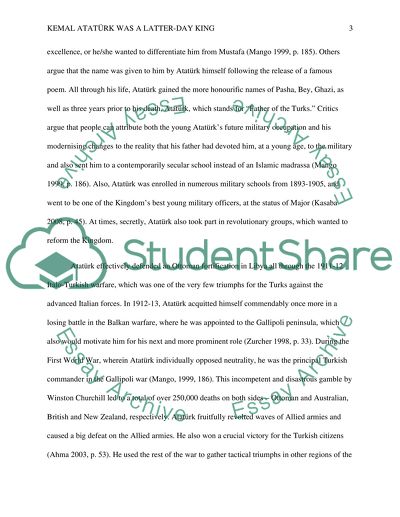Cite this document
(“The founder of the Turkish Republic is often described as a dictator Essay”, n.d.)
The founder of the Turkish Republic is often described as a dictator Essay. Retrieved from https://studentshare.org/history/1498132-the-founder-of-the-turkish-republic-is-often
The founder of the Turkish Republic is often described as a dictator Essay. Retrieved from https://studentshare.org/history/1498132-the-founder-of-the-turkish-republic-is-often
(The Founder of the Turkish Republic Is Often Described As a Dictator Essay)
The Founder of the Turkish Republic Is Often Described As a Dictator Essay. https://studentshare.org/history/1498132-the-founder-of-the-turkish-republic-is-often.
The Founder of the Turkish Republic Is Often Described As a Dictator Essay. https://studentshare.org/history/1498132-the-founder-of-the-turkish-republic-is-often.
“The Founder of the Turkish Republic Is Often Described As a Dictator Essay”, n.d. https://studentshare.org/history/1498132-the-founder-of-the-turkish-republic-is-often.


